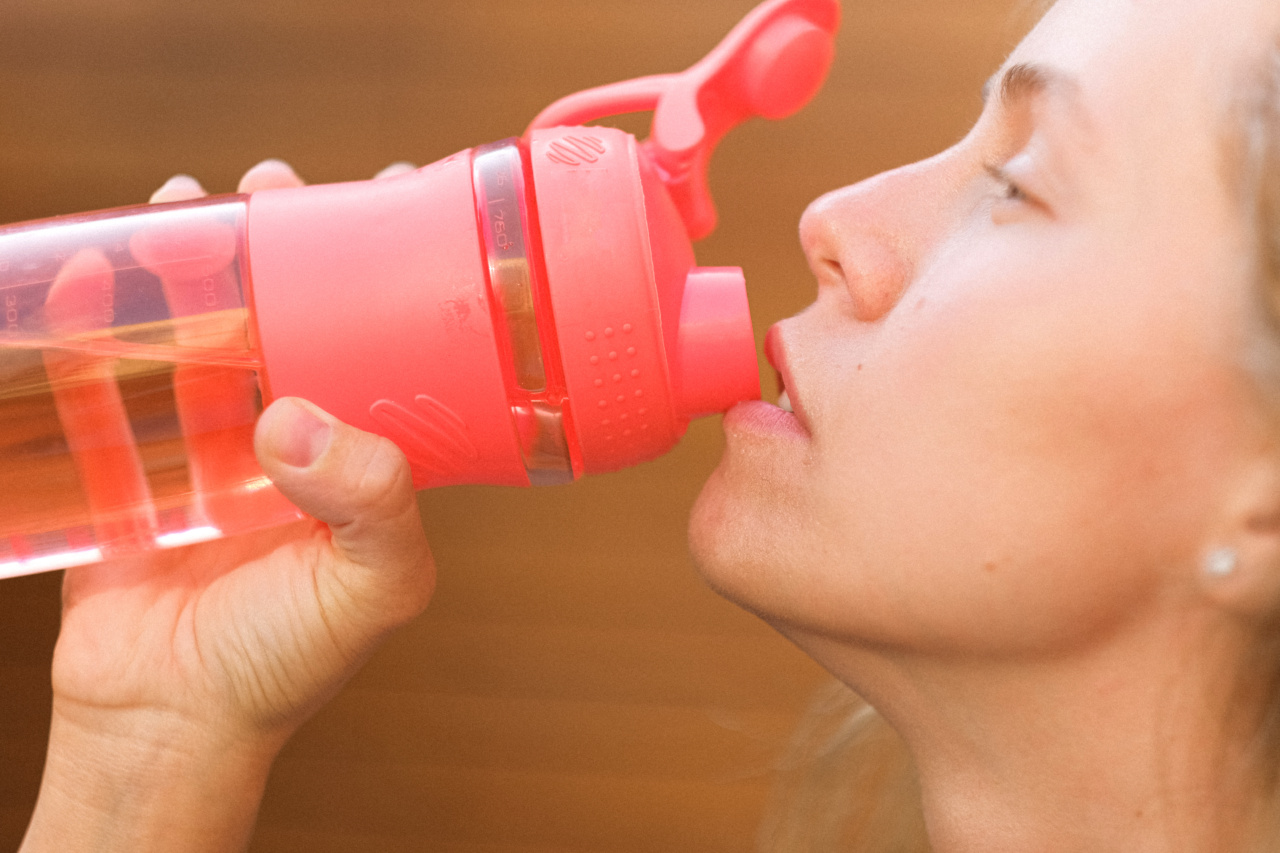Physical activity is an essential part of life as it contributes to maintaining good health and wellbeing. However, physical activity can also cause loss of fluids from the body, making it crucial to replenish fluids during and after exercise.
Fluids play a vital role in various physiological processes that occur in the body. This article discusses the significance of fluid replenishment during physical activity.
What Happens When Your Body Loses Fluids
When you engage in physical activity, your body produces heat, causing an increase in your body’s core temperature. Your body responds to this heat by sweating, which is the body’s natural cooling mechanism.
Sweating helps regulate body temperature by evaporating heat from the skin’s surface. However, sweating results in a loss of fluids from the body, leading to dehydration if not replenished.
Dehydration can cause many problems such as fatigue, dizziness, and muscle cramps. If you continue to lose fluids without replenishing them, it can lead to more severe symptoms such as loss of consciousness.
When your body loses fluids, it also loses essential electrolytes such as sodium and potassium, which play a crucial role in various physiological processes. Electrolyte imbalance can affect the functioning of muscles and the nervous system, leading to weakness and confusion.
Why is Fluid Replenishment Essential During Physical Activity?
Fluid replenishment during physical activity is necessary to maintain proper hydration levels of the body. When you drink fluids during exercise, it helps maintain the body’s fluid balance, preventing dehydration.
Adequate hydration also helps regulate body temperature, making it easier for your body to work efficiently.
During physical activity, your muscles use glucose for energy, producing lactic acid as a by-product. Lactic acid buildup can cause muscle fatigue and soreness, making it hard to exercise.
Drinking fluids during exercise helps flush out lactic acid from the muscles, reducing muscle fatigue and soreness. Additionally, fluids also play a crucial role in transporting oxygen and nutrients to the muscles, enhancing performance during exercise.
How Much Fluids Do You Need During Exercise?
The amount of fluid you need during exercise depends on various factors such as the intensity of exercise, duration of exercise, and environmental conditions. It is crucial to monitor your fluid intake during exercise to prevent dehydration.
The American College of Sports Medicine recommends drinking approximately 17-20 ounces of fluid 2-3 hours before exercise, 8 ounces before exercise, and 7-10 ounces every ten to twenty minutes during exercise. You should also drink fluids after exercise to replace fluids lost during exercise.
What Fluids Should You Drink During Exercise?
The best fluids to drink during exercise are those that hydrate your body. Water is an excellent option for low-intensity exercise that lasts less than an hour.
For intense exercise lasting more than an hour, sports drinks are recommended as they contain electrolytes and carbohydrates that help sustain energy levels during exercise. Avoid consuming drinks with high caffeine or sugar levels, as they can cause dehydration and affect your body’s fluid balance.
When Should You Seek Medical Attention?
If you feel any symptoms of dehydration such as dizziness, nausea, or headache during exercise, you should stop exercising immediately and seek medical attention.
Additionally, if your urine color is dark, it is a sign of dehydration, and you should consume more fluids to replenish your body’s fluid levels. If you experience any severe symptoms of dehydration such as confusion or loss of consciousness, seek medical attention immediately.
Conclusion
Fluid replenishment during physical activity is essential to maintain proper hydration levels of the body. Dehydration can cause many problems, making it crucial to drink fluids during and after exercise.
Water is an excellent option for low-intensity exercise, and sports drinks are recommended for intense exercise lasting more than an hour. Monitoring your fluid intake during exercise is essential to prevent dehydration and stay hydrated while exercising.































